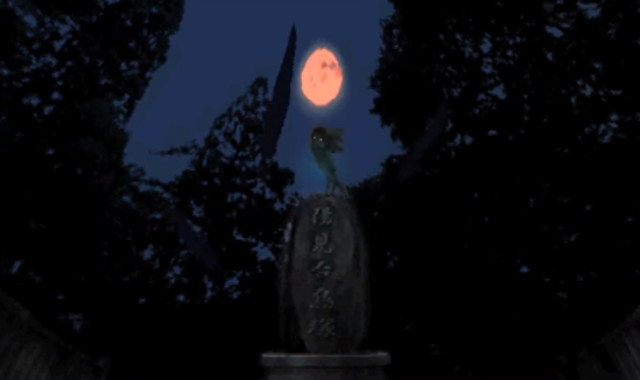Yuuyami Doori Takentai Takes a Strange Approach to Realism
Even within the boundaries of legend, people expect certain rules to be upheld. Dragons have to have six limbs, while wyverns should have four. Vampires must avoid sunlight, werewolves have to avoid silver, and zombies need to be separated from their head. Some claim that these rules help to make fictional concepts more believable. Without them, it’d be impossible to suspend disbelief.
But when you examine the stories behind most legends, concrete rules are hard to come by. In their earliest depictions, harpies were described as personified storm winds. Later on, Greek poets romanticized them, describing harpies as beautiful maidens with majestic wings. Other writers moved away from this portrayal, making the harpies more and more monstrous. By the time Jason and his Argonauts encountered these creatures, they were disgusting, razor-clawed beings who could easily ruin any man’s appetite.
Yuuyami Doori Takentai, an obscure horror game released exclusively in Japan in 1999, strives for realism in every aspect. The teenaged cast can’t just head out on exciting adventures; they have to go to school and finish their homework first. Conversations aren’t always interesting; you have to make boring small talk to find out what you want to know. No ordinary task is ignored — you even have to wait for the signal before you cross the street.
But when it comes to legendary creatures, there are no hard rules to be found.
Yuuyami Doori Takentai is set in a world full of rumors, where every character has their own ideas about the supernatural. The game opens with multiple, conflicting stories about a strange, bird-headed creature that exists somewhere in the town. The characters decide to investigate and figure out the truth themselves, but their quest leaves them with more questions than answers.
Although the events of Yuuyami Doori Takentai often stretch the limits of believability, the game itself feels completely grounded in reality. Characters don’t always see things the same way; they each have their own impression of the events that befall them. One character might deny the existence of the supernatural entirely, even if they’ve seen inexplicable events with their own two eyes. Another character might embellish a story in order to impress their classmates. In this story, a harpy can be a beautiful woman, a horrible monster, and an ordinary bird. Every character interprets things in their own way, and these ideas are allowed to co-exist with one another.
People may be drawn to rules and limitations, but mythical creatures don’t have to conform to any of them. They’re fictional; they can be whatever a person imagines them to be. Supernatural events occur in Yuuyami Doori Takentai, but characters are able to use their imaginations as they encounter them. Characters aren’t crushed under the weight of the rules of make believe. They’re free to form their own picture of the world around them.
Yuuyami Doori Takentai is far too obscure to have any real influence. It’s one of the rarest games in the PlayStation library; even in Japan, it’s hard to come by. Still, many storytellers could learn from the way it presents fictional concepts. Piling on rules won’t make your story more believable, but treating your characters like human beings will.


